Tips to Protect Farmed Aquatic Species During Hot Weather
1. For Shrimp Ponds
Regularly check and maintain environmental parameters within suitable thresholds. Keep pond water levels at a minimum of 1.3–1.5 meters. Increase paddlewheel aerator operation to prevent thermal stratification and enhance dissolved oxygen levels. Use probiotics to treat both water and pond bottom.
For farmers with better resources, consider installing shading nets 0.8–1 meter above the water surface to reduce direct sunlight exposure. Always store a reserve of clean water in separate reservoirs to promptly supply shrimp ponds when needed.
Feed shrimp according to appropriate portions and schedules based on size and stocking density. During hot days, reduce feed by 15–30% and supplement with vitamin C, trace minerals, and digestive enzymes to improve shrimp immunity. Avoid using trays or lift nets during peak heat hours to prevent muscle necrosis or death.
When hot weather combines with sudden thunderstorms, algae often bloom and die off quickly, causing diseases such as white spot or acute hepatopancreatic necrosis. To control algae, exchange water during nighttime and apply probiotics to maintain water parameters.
If algae become too dense, increase aeration and apply lime (CaCO₃ and CaO) around 9–10 PM, followed by water exchange and probiotic supplementation to stabilize pond conditions. Use probiotics to treat toxic gases like NH₃ and H₂S, regularly siphon waste, and maintain stable pH.
Photo: Installing shading nets 0.8–1 meter above water helps reduce direct sun exposure on shrimp ponds. Source: Mỹ Bình
2. For Freshwater Fish Ponds
Maintain pond depth at 1.5 meters or more. If this is not possible, cover at least 15% of the pond surface (using water hyacinths, black netting, etc.) to provide shade and shelter from the heat.
Reduce feeding during prolonged hot days—cut back at noon and increase feeding in cooler late afternoons. Add nutritional supplements, vitamins, and minerals to feed for 5–7 consecutive days to boost immunity, reduce stress, and improve digestion (follow manufacturer guidelines).
Feed fish during cooler times: 7–8 AM and 5–6 PM. Enhance oxygen by adding water, operating paddlewheel aerators, or using sprinkler pumps to circulate water, increase oxygen, and reduce toxic gases.
Apply probiotics to manage pond sediment and water quality. Prevent harmful algae blooms when water temperatures rise. After heavy rains, release surface water and aerate to prevent oxygen stratification and the buildup of toxic gases at the bottom.
3. For Cage and Raft Farming on Rivers
Avoid introducing new stock during extreme heat and do not overcrowd cages to reduce disease risk. Clean cages regularly to maintain good water flow and quality.
Monitor the health of stock closely and remove dead fish promptly for proper disposal. Relocate cages to shaded areas during extended hot spells. If relocation isn’t possible, lower the cage depth and stretch shading nets above cages.
In areas with high organic content, place cages 1.5–2 meters above the riverbed. Ensure sufficient spacing between cages and rafts (minimum 50 meters) for easy management and water exchange.
Reduce feed by 50–70% or stop feeding entirely during extreme heat. Choose high-nutrient feeds and supplement with vitamin C, minerals, and probiotics to support aquatic species through the heat stress period.
Harvest when fish or shrimp reach market size. Avoid harvesting, transferring, or stocking during hot days or peak temperature hours.
4. For Intertidal Clam Farming
Improve management of beach surfaces and fencing to prevent clams from getting trapped near stakes. Regularly level the sand beds and clear water channels to avoid stagnant pools and reduce the impact of temperature fluctuations that can weaken or kill clams.
In high tidal zones with over 4 hours of daily sun exposure, collect and dispose of dead clams to prevent disease spread.
Adjust stocking density based on tidal conditions—especially in areas with more than 8 hours of daily exposure—by thinning or transferring clams to other beds. Grade clams by size for market sale when appropriate.
After tides recede, rinse the sediment and flatten the beach to eliminate heat-absorbing water pockets that may harm clam development.
Harvest when clams reach market size and ensure proper density for sustainable growth.
Source: thuysanvietnam.com.vn
Aqua Mina's distributor in Japan: REX INDUSTRIES CO., LTD
- Address: 1-9-3 Hishiya-Higashi, Higashi-Osaka 578-0948 JAPAN
- Email: kimakubo@rexind.co.jp
- Phone: +81-(0)72-961-9893
- Website: http://www.rexind.co.jp/e/
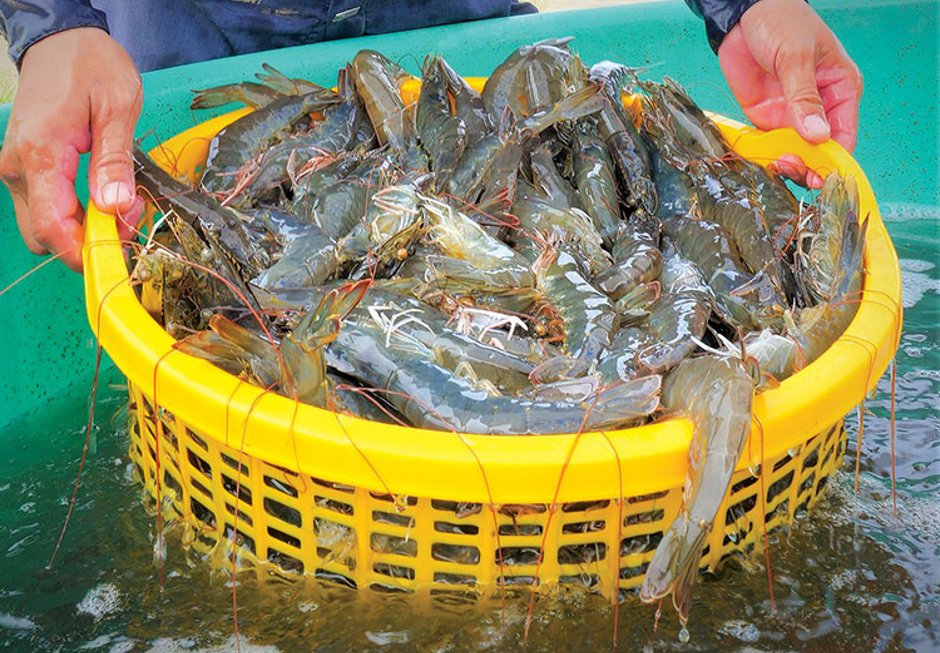
WE WORK FOR YOUR SUCCESS!
Ngày đăng : 20/06/2025
1587 View
Other Articles
Vietnamese shrimp and catfish choose a sustainable path in global competition
End-of-Season Shrimp Prices Reach Record Highs
Norway – Russia Reach Barents Sea Fisheries Agreement for 2026
Cà Mau strengthens traceability to enhance the competitiveness of the shrimp industry.
Cold stress: Effects on the plasma characteristics of whiteleg shrimp.
A new breakthrough in the prevention of diseases caused by the microsporidian parasite EHP in shrimp farming
Vietnam’s shrimp export outlook in the first quarter of 2026 continues to face heavy pressure from tariffs.
New England’s shrimp fishery to shut down for the long haul after years of decline
Crab exports to the United States account for more than 80%.
Thailand sets a target to increase shrimp production to 400,000 tons by 2026.
CTU-RAS: Recirculating Shrimp Farming for Sustainable Development
Vietnamese aquatic products reach new markets








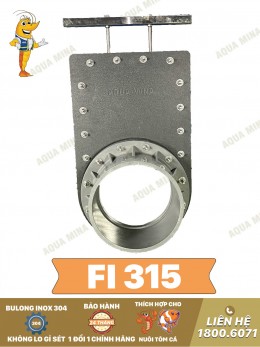
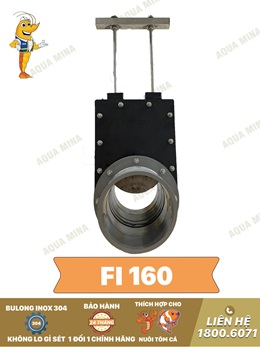
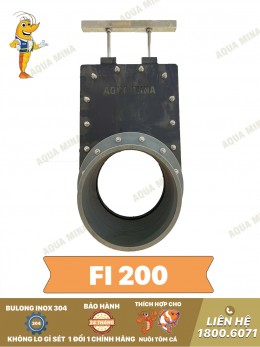
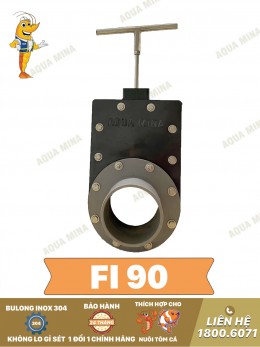
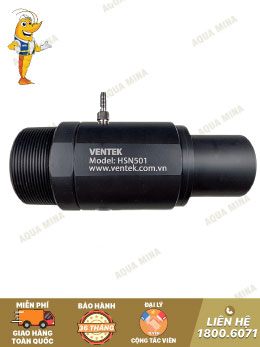
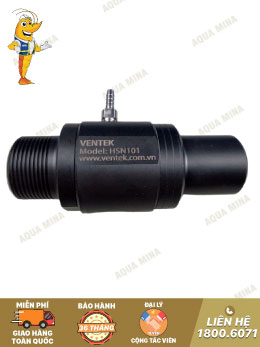
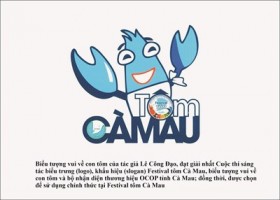
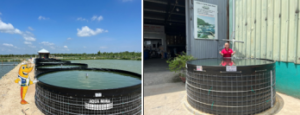
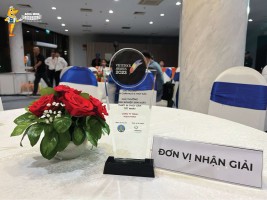
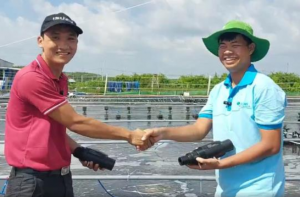
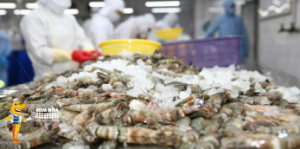
.jpg)